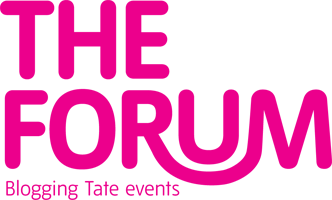Photography in film and film in photography workshop ; a journey in two parts led by Karen Mirza and Brad Butler of No.w.here
The relationship between the still and the moving image has never been a simple or linear one. It is not that the invention of photography at point A led slowly but inexorably to point B where cinematic moving film was invented at which point (um, C?) the two happily travelled along parallel tracks. Some of the earliest photographic experimental works by Eadweard Muybridge were dedicated to capturing movement – of horses and dancers, frozen but animated, held in a tension between the static and the kinetic and also between the world of art and science.
Later the two media began to feed off one another. The lush and carefully staged cinematography of American Beauty appears to both have borrowed from and strengthened the eerie suburban mythology which Gregory Crewdson represents in his large-scale, large-crew works.
Cindy Sherman has also borrowed extensively from that culturally recognisable language of feature films to create her series of still self-portraits. Sherman was invoked a lot over the course of these two days of exploring the relationship between film and photography. She featured as the patron goddess of genre-stretching in the discussion on the first day – the day in which we watched a boggling array of works which examined, tested, and inevitably, questioned the validity of a distinction between the two forms. She was name-checked in the commentary on a series of still portraits on the second day – the show day in which participants demonstrated works made especially for the workshop or which were part of an ongoing interest in a particular aspect of one of the two media. One of the interesting things about her work for me is the invocation of a narrative far beyond the limits of the frame of the photograph. Through placing some familiar visual clues in a constrained environment she plays with our expectations of what might or might not unfold in the scene beyond. This was also the effect of a more ‘conventional’ film which took the form of the secondary school science video – the Charles and Ray Eames Powers of Ten rocketed back out from a quietly picnicking romantic couple, the camera moving ten times further out every ten seconds into the cloudy nebula of space and then shooting back into the minute proteins that make up their - mine, yours - DNA. Patterns began to inevitably emerge between the structures of the universe and the structures of human skin and a narrative of creation began to shape itself. The guiding provided by the voiceover and the circularity of the motion reinforces those patterns.
We moved onto films with a more overtly political agenda - plays between the all-seeing imperial eye and the staunch gaze of those it oppresses demanded a readdress of that version of history which will allow only one interpretation; Ken Jacobs’ fit-inducing Capitalism Slavery and Capitalism Child Labour created a shaking, oscillating and insistent moving image from stereoscopes of cotton pickers that will not let the viewer escape implication in the exploitation of human beings. It simultaneously enforces a physically nauseous reaction that impacts on the viewer in a way that hundreds of modern documentary reportage photographs could not. Yervant Gianikian and Angela Ricci Lucchi guided a motion camera over a photograph of colonial holiday-makers in Sri Lanka, the motion and carefully chosen moments of lingering bypassing the snapshot aesthetic.
Taken at one sitting, my mind began to stretch beyond its natural capacity to absorb any more visual information, to contemplate any more layers or impactions of meaning, to tease out a back-story or wonder why the film or slide show resisted that process so thoroughly. Being fed fresh material without much comment or discussion was a rich way to begin the process. Thanks must go to Karen Mirza and Brad Butler of no.w.here lab for their refusal to dictate but their sharing of two vast archival minds. We all left to return two weeks later with work to show.
More to follow on this.




No comments:
Post a Comment